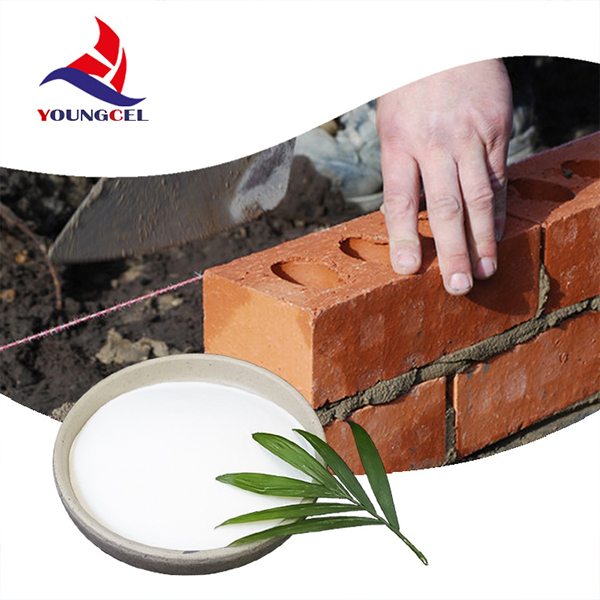The Role of HPMC in Modern Construction
Hydroxypropyl Methylcellulose (HPMC) has emerged as a vital ingredient in the construction industry, especially when it comes to enhancing the performance and sustainability of building materials. As a cellulose ether, HPMC is derived from natural cellulose, making it an eco-friendly component that aligns with contemporary green building practices. This article explores the properties, applications, and benefits of HPMC in construction.
Properties of HPMC
HPMC boasts several unique properties that make it suitable for various applications in construction. One of its most notable features is its water retention capability. HPMC can retain water effectively, which is crucial during the hydration of cement-based materials. This property ensures that the water needed for curing is available for an extended period, leading to improved strength and durability of concrete and mortar.
Moreover, HPMC acts as a thickening agent, which aids in controlling the viscosity and workability of construction mixtures. It ensures a smooth application, reduces sagging and slumping in mortars, and enhances adhesion properties. HPMC's film-forming ability also contributes to providing a consistent surface finish and preventing shrinkage cracks, making it a favored additive in various formulations.
Applications in Construction
HPMC is widely used in several applications within the construction industry. One of the most common uses is in tile adhesives. The addition of HPMC improves the adhesive's performance, enhancing its flexibility, water retention, and slip resistance. This results in better bonding of tiles to a variety of substrates, crucial for flooring and wall applications.
Additionally, HPMC is a key component in ready-mixed plasters. It enhances the workability and spreadability of the plaster, allowing for a smooth finish while minimizing the risk of cracks. The superior water retention properties of HPMC also enable plaster to retain moisture for longer periods, facilitating proper curing and improving overall performance.
construction hpmc

In the realm of concrete technology, HPMC is used in self-leveling compounds and repair mortars. Its inclusion improves the flow characteristics of these materials, allowing them to spread evenly over surfaces without the need for excessive labor. Furthermore, the use of HPMC in concrete mixtures enhances the material's resistance to water penetration, thus increasing durability and performance.
Benefits of Using HPMC
The benefits of incorporating HPMC into construction materials are manifold. Firstly, its eco-friendly nature aligns with the current trends towards sustainable building practices. As demand for green construction materials increases, HPMC offers an effective solution without compromising quality or performance.
Secondly, HPMC contributes to the overall efficiency of construction processes. Its properties help reduce labor costs and project timelines by improving the workability of materials and reducing the risk of defects and repairs later on. Enhanced adhesion and flexibility also mean that structures built with HPMC-blended materials have a longer lifespan and require less maintenance.
Finally, using HPMC contributes to improved health and safety standards on job sites. HPMC-based products often have lower levels of volatile organic compounds (VOCs), contributing to better indoor air quality in buildings. This is a significant consideration in today's world, where air quality and occupant health are paramount.
Conclusion
In summary, HPMC is a remarkable additive that plays an essential role in modern construction. Its properties and applications significantly enhance the performance, sustainability, and overall efficiency of building materials. As the construction industry continues to evolve, the incorporation of innovative materials like HPMC will undoubtedly contribute to creating safer, more efficient, and environmentally friendly building practices.
-
Rdp Powder: Key Considerations for Wholesalers in the Building Materials IndustryNewsJul.08,2025
-
Key Considerations for Wholesalers: Navigating the World of Hpmc - Based ProductsNewsJul.08,2025
-
Hpmc Detergent: Key Considerations for WholesalersNewsJul.08,2025
-
Key Considerations for Wholesalers: China Hpmc For Tile Adhesive, Coating Additives, Concrete Additives, and MoreNewsJul.08,2025
-
Crucial Considerations for Wholesalers: Navigating the World of Construction MaterialsNewsJul.08,2025
-
Key Considerations for Wholesalers Sourcing Additive For Cement, Additive For Concrete, Additive For Putty from Additive Manufacturer Shijiazhuang Gaocheng District Yongfeng Cellulose Co., Ltd.NewsJul.08,2025




